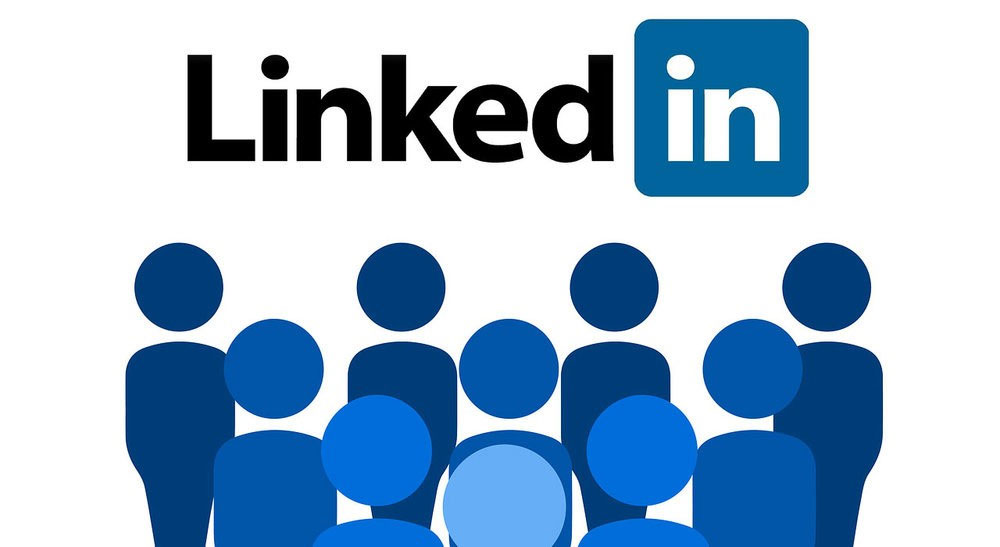Once you complete a course—whether it’s in data analytics, digital marketing, or any professional skill—the big question arises: where do you connect? By the way, if you want to build your professional network, there is no better platform than LinkedIn.
But here’s the real issue: many people will simply create a profile, make a few connections, and then wait for opportunities to show up on their doorstep. That’s not how LinkedIn works. You need to learn how to use it intelligently if you want to create meaningful opportunities for future job offers, mentorships, and collaborations. So let’s take a look at how you can make the most of LinkedIn after finishing your coursework.

8 Smart LinkedIn Tips to Network After Completing Your Course
1. Start with an Impressive Profile
Your LinkedIn profile is your digital resume. It should clearly showcase who you are and what you can offer before connecting with someone.
Here’s what you should do:
- Use a proper profile picture: a clear, smiling photo with a neutral background works best.
- Strengthen your headline: instead of “Data Analyst”, try something like “Aspiring Data Analyst | Driven to create insights | Proficient in Python, SQL, and Power BI.”
- Write a professional summary: include a few lines about your skills, learning experience, and the kind of opportunities you’re looking for. Keep it friendly yet professional.
- Showcase your projects: share the dashboards, Python scripts, or other projects you created during your course. Recruiters love seeing real work.
- Include certifications: If you have completed your course from a platform like ConsoleFlare, be transparent and show it off as an accomplishment by adding it under the “Licenses & Certifications” section on your profile.
Anyone who looks at your profile should say, “This person means business!”
2. Build the Right Connections
Once your profile is strong, start building your network strategically. Don’t send random connection requests — people are busy and often check who’s trying to connect with them, so be careful.
Here’s how to do it smartly:
- Connect with your course batchmates, trainers, and mentors.
- Look for professionals who are already working in your dream roles — Data Analyst, Business Analyst, Data Scientist, and so on.
- Join LinkedIn groups related to your domain — such as “Data Analytics Professionals” or “Power BI Community.”
- Never send a connection request without a short two or three-line note.
Examples:
Hi [Name], I’m a new graduate and aspiring Data Analyst. I have been reading your posts and would love to connect to learn more about your experiences and the companies you’ve worked with.
Stand out by sending personalized messages.
3. Engage Regularly on LinkedIn
Many people create a LinkedIn profile and disappear for months. LinkedIn is more than just a job portal; it is a community. Engage consistently — if you want to be noticed, get involved.
Ways to Stay Active on LinkedIn:
- Comment and like posts from professionals in your industry.
- Participate in learning: share what you’ve learned, challenges you faced, or projects you’ve built.
- Show gratitude to others: if someone achieves something significant or gets a promotion, congratulate them!
- Ask questions: if you’re stuck on a technical detail, reach out to the community. This builds engagement and visibility.
Posting regularly gives LinkedIn’s algorithm more opportunities to show your profile to others, increasing the chances of being discovered by recruiters and professionals.
-
4. Use LinkedIn to Find Job Opportunities
You’re probably preparing for your first or new role after your course. LinkedIn is one of the most powerful platforms to discover genuine job opportunities.
Here’s what you can do:
- Click on the Jobs tab and filter for roles such as Data Analyst, Business Analyst, and MIS Executive.
- Apply filter for Location, Experience Level, and Company Type.
- Track the companies you want to work for and get notifications when openings arise.
- You can apply through LinkedIn, but also try connecting with the hiring manager and sending a short message, such as:
Hey [Name], I recently applied for the Data Analyst position at your company. I am passionate about data and would love to contribute. Please let me know if we can discuss this further.
These small initiatives go a long way, as they make you stand out among hundreds of other applicants.
-
5. Learn from Industry Leaders
You can learn a lot about building your presence on LinkedIn from people who are excited about it.
Stay in touch with professionals who regularly share content related to your field — such as tools, tips, and experiences. Observe how they share their thoughts, write their articles, and engage with others.
Join LinkedIn learning, webinars, and live events. Many professionals host free sessions where you can ask questions, and even reach out to them directly afterward.
Networking is not just about jobs — it is about mentors, collaborators, and lifelong learning.
6. Showcase Your Growth Story
The course may end, but your journey truly begins. No matter how small your progress is, start sharing it.
You can post about:
- The projects you’ve built
- Tools or technologies you’re currently learning (like Python, SQL, Power BI, or Tableau)
- Real data problem you’ve solved
- Lessons you’ve learned from your mentors
For example, a simple post like this works great:
“Worked on a Power BI project for analyzing sales data. Used DAX functions to create dynamic dashboards. Special thanks to ConsoleFlare trainers for the excellent guidance.”
Besides sharing your progress, such posts also attract recruiters, as they’re always looking for self-motivated learners.
7. Ask for Recommendations
Recommendations add credibility to your profile. Ask your trainers, mentors, or even fellow students to write a brief endorsement highlighting your skills, teamwork, or professional attitude.
Even a simple one-line endorsement like, “[Your Name] is a dedicated learner with excellent analytical skills and a positive approach to problem solving” can make your profile more credible.
In return, you can also write recommendations for others. It helps strengthen professional relationships and builds mutual respect.
8. Stay Consistent and Keep Learning
The “No Overnight Success” rule applies to LinkedIn, too — It takes consistent effort.
Invest at least 15–20 minutes each day in scrolling through your feed, engaging with people, reading articles, and staying updated with what’s happening in your field.
Also, keep upgrading your skills. If you’ve already completed a course like data analytics in hindi, digital marketing course, data science course in hindi or other then you need to go deeper or learn new tools — and post about them. Every skill you gain adds another layer to your professional brand.
Conclusion
Networking is more than just adding contacts; it is the way to grow and build the mix of personal and professional relationships you need — without being overly attached to the outcome.
LinkedIn gives you that power. However, it requires the right mindset, consistency, and skills to make it work.
Building on your training with ConsoleFlare, it’s time to take that learning to the world — connect, engage, and advance your career.
Keep in mind, your next opportunity may not come from an application job portal; it might come from a LinkedIn connection who recognizes your enthusiasm and potential.
Log in today, share your story, and let your work do the talking.
For more such content and regular updates, follow us on Facebook, Instagram, LinkedIn




